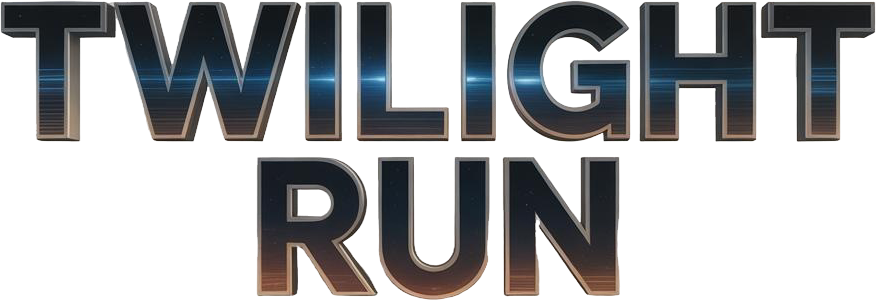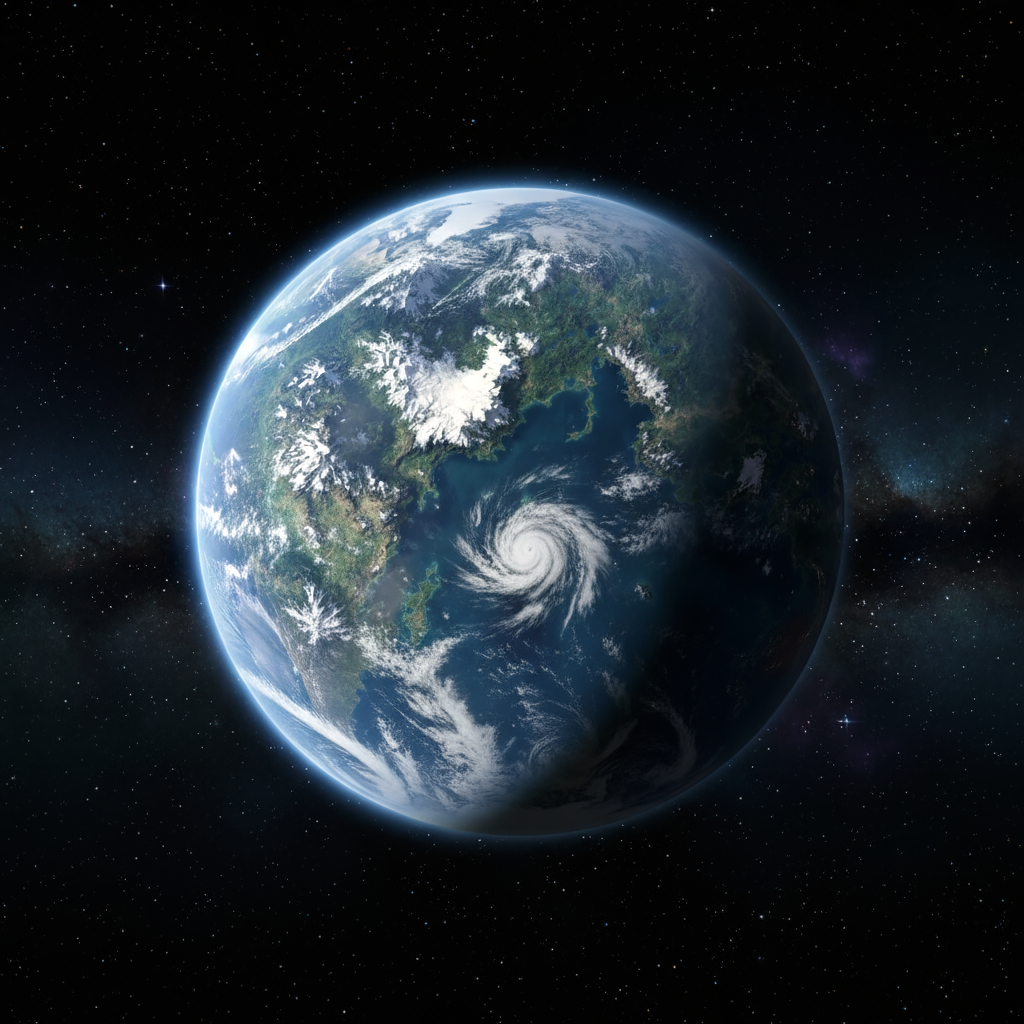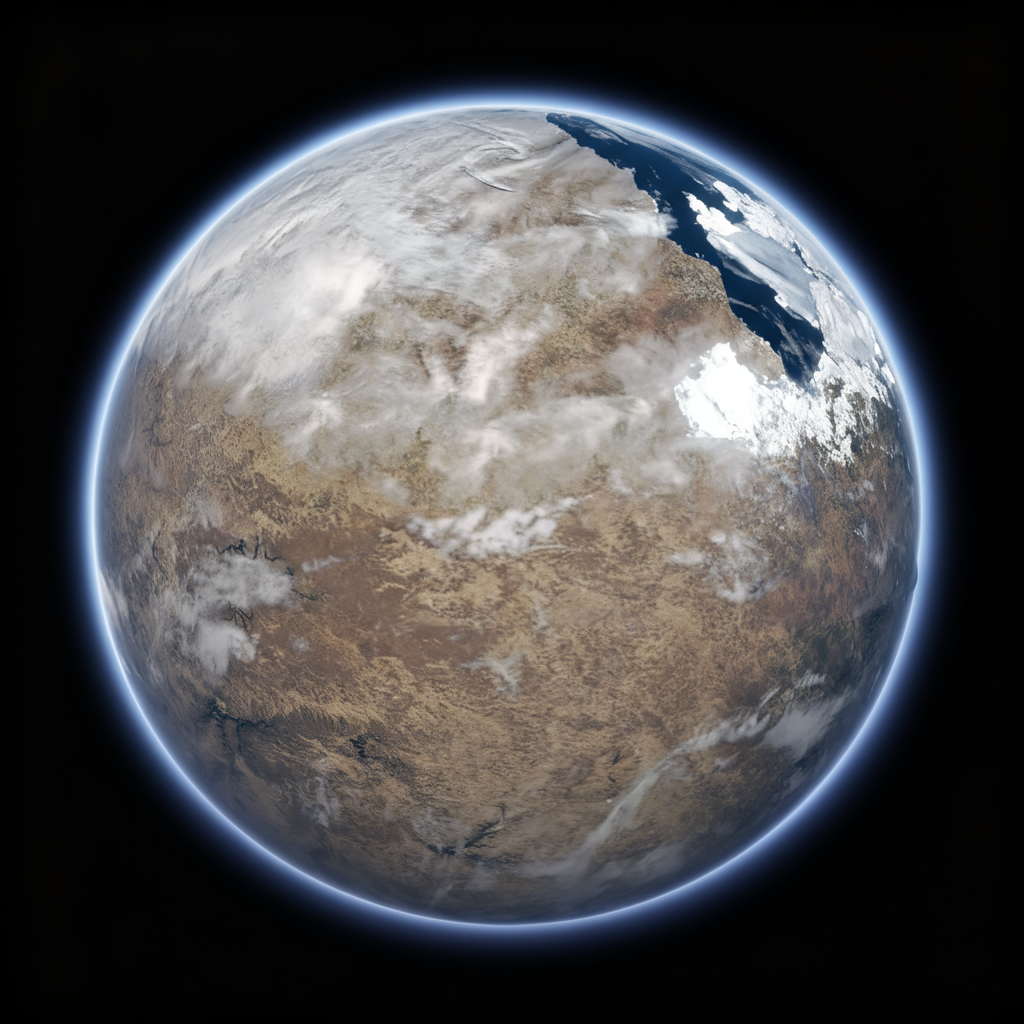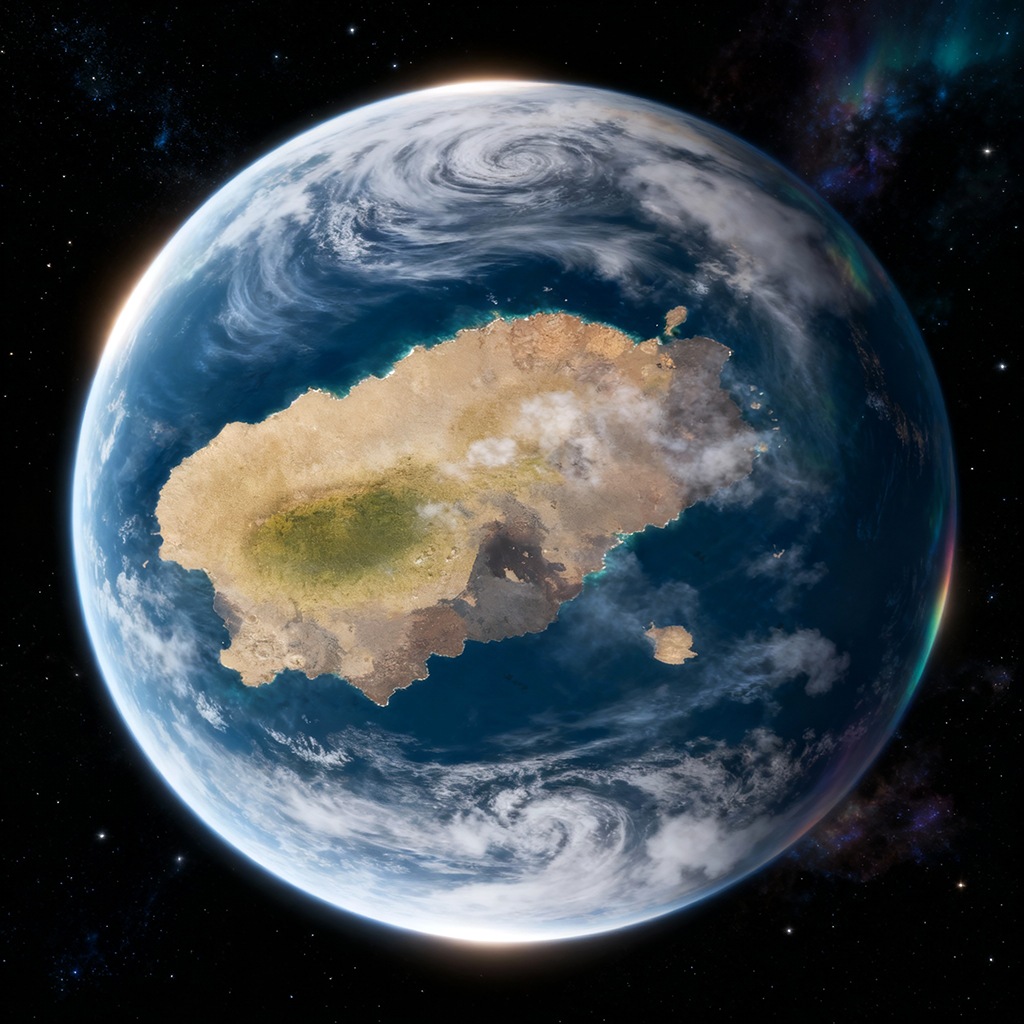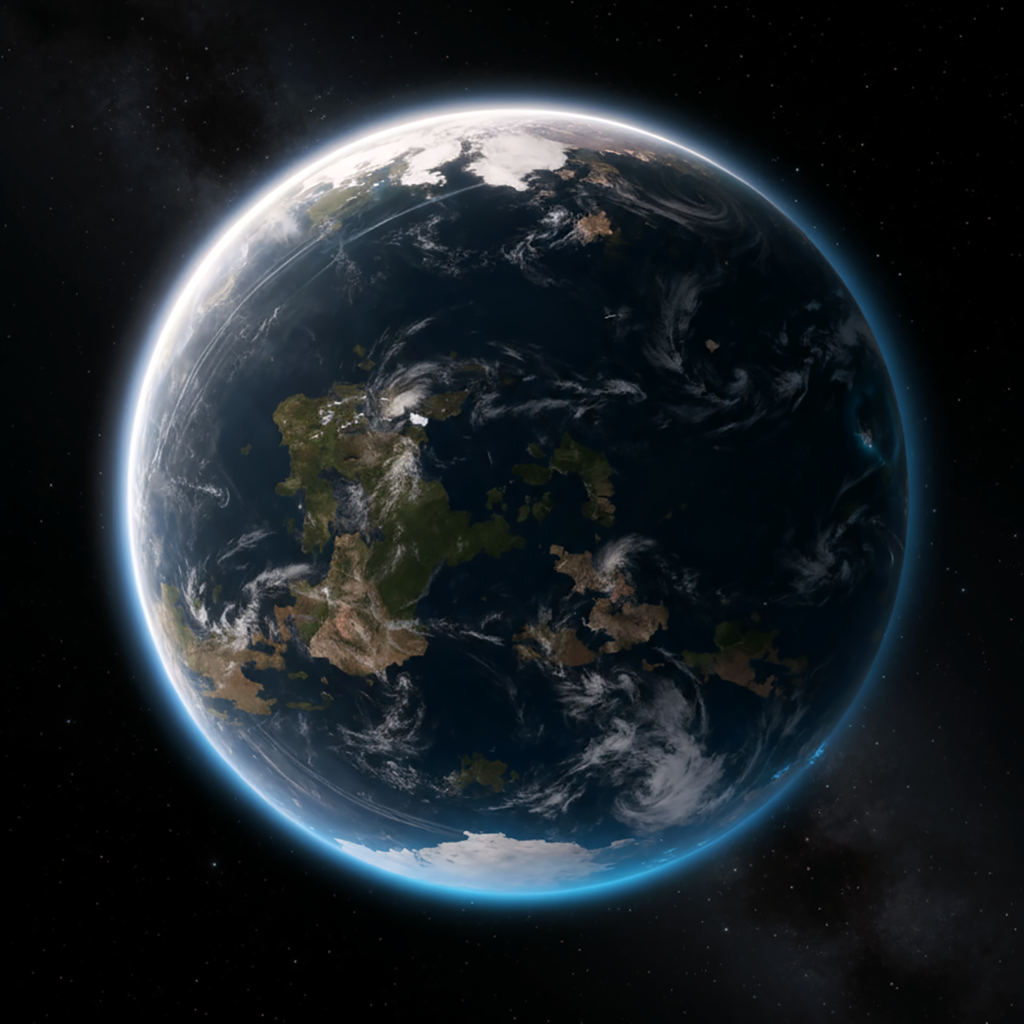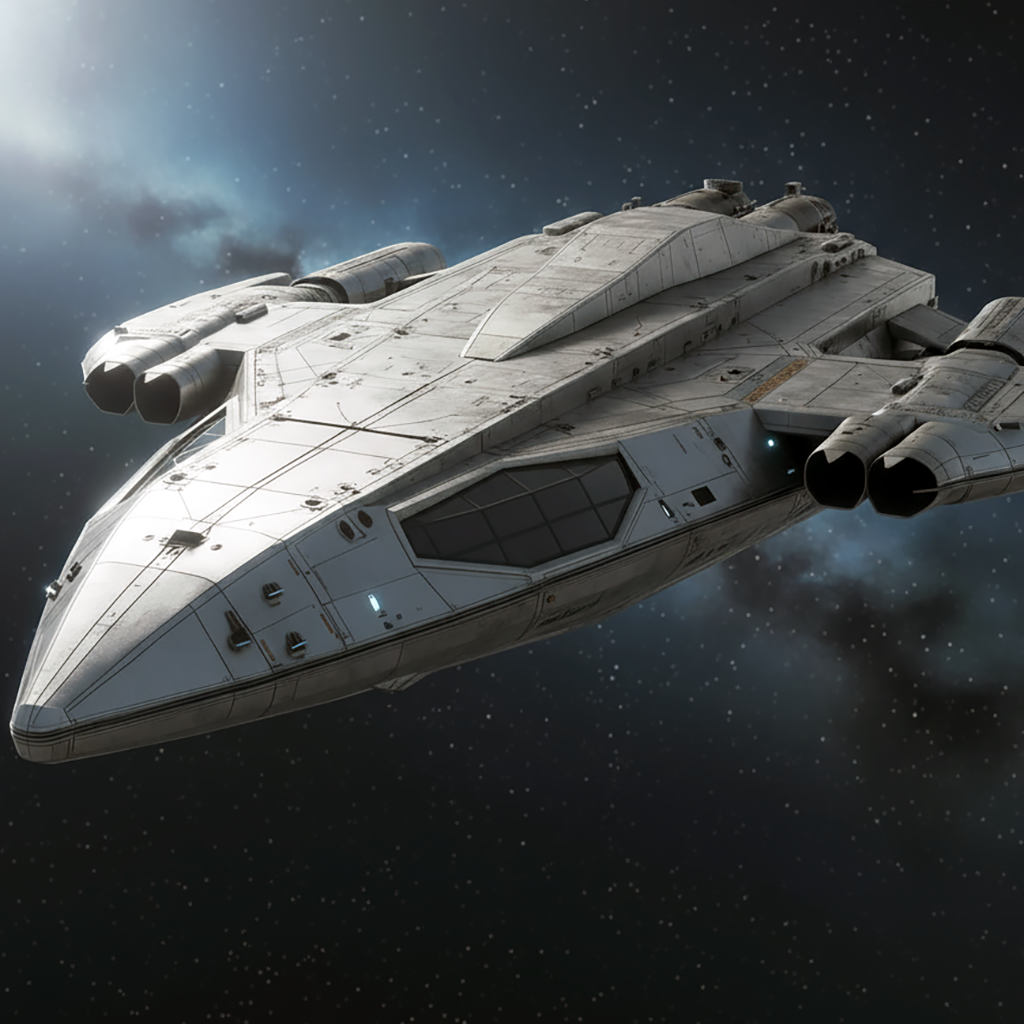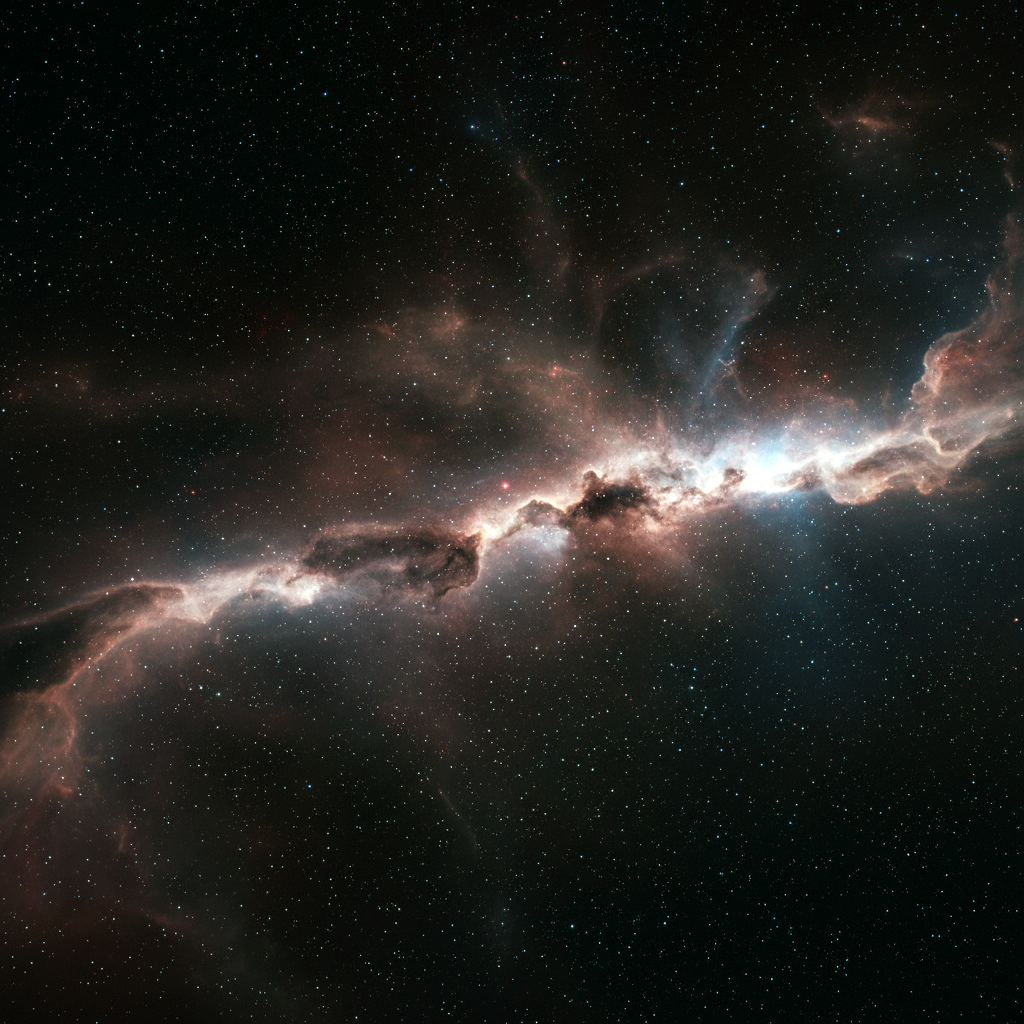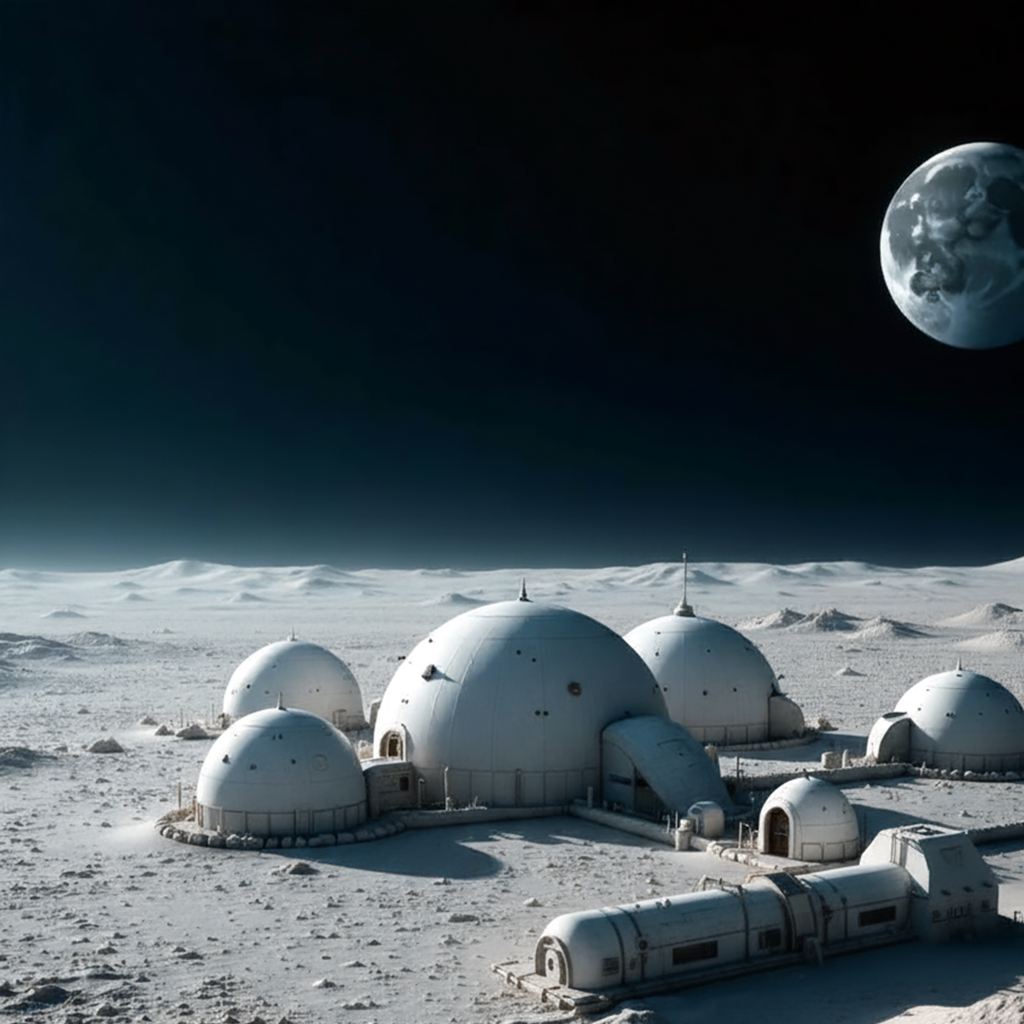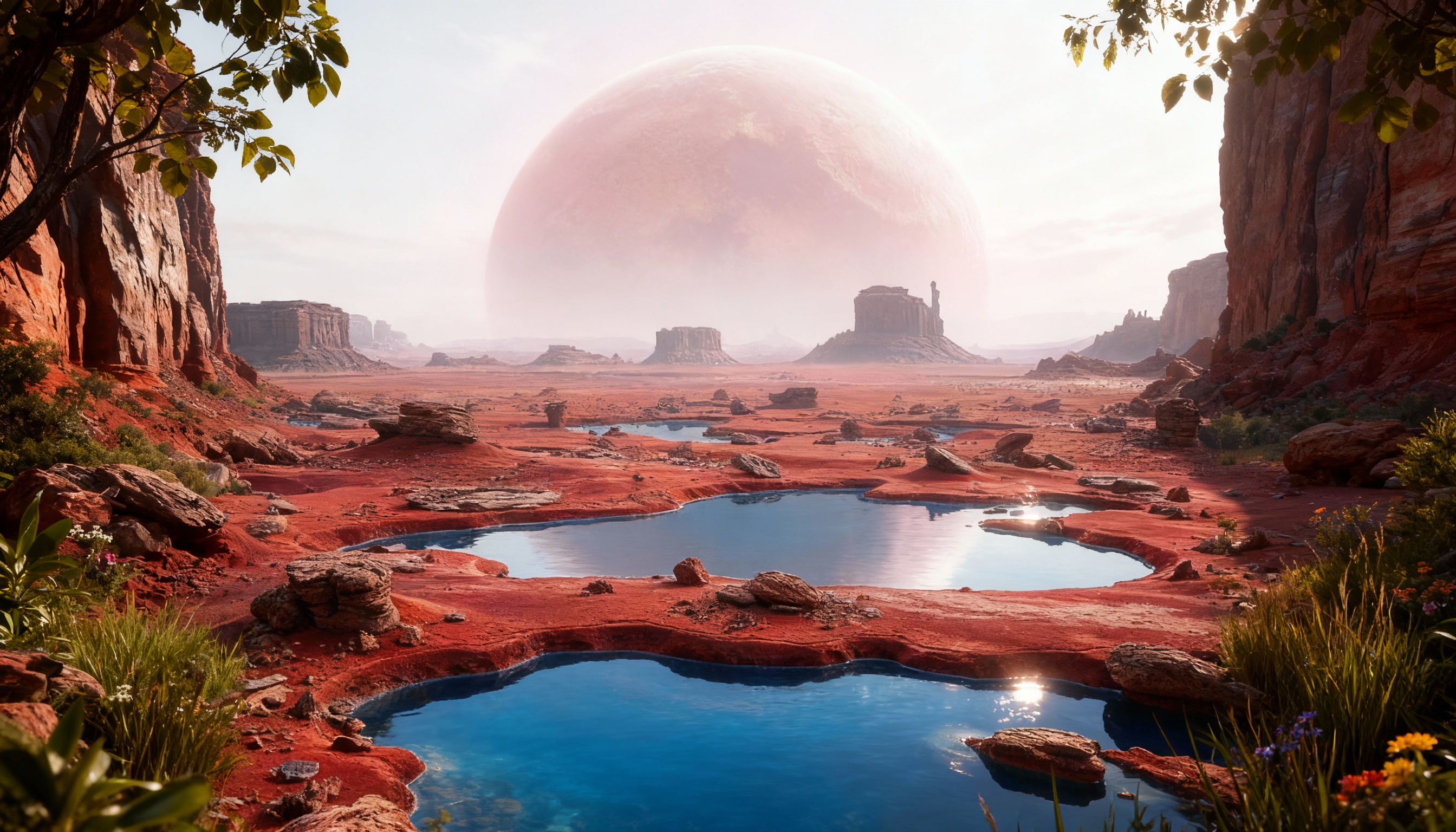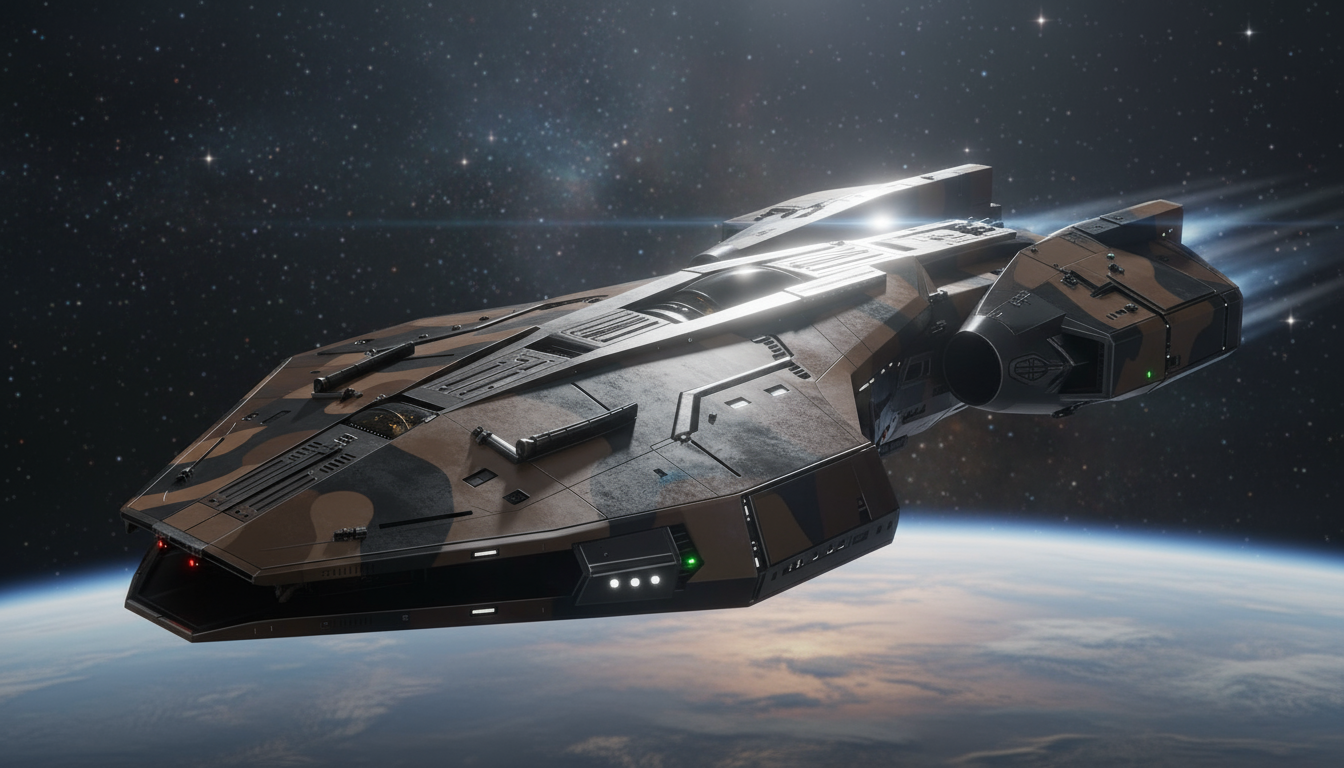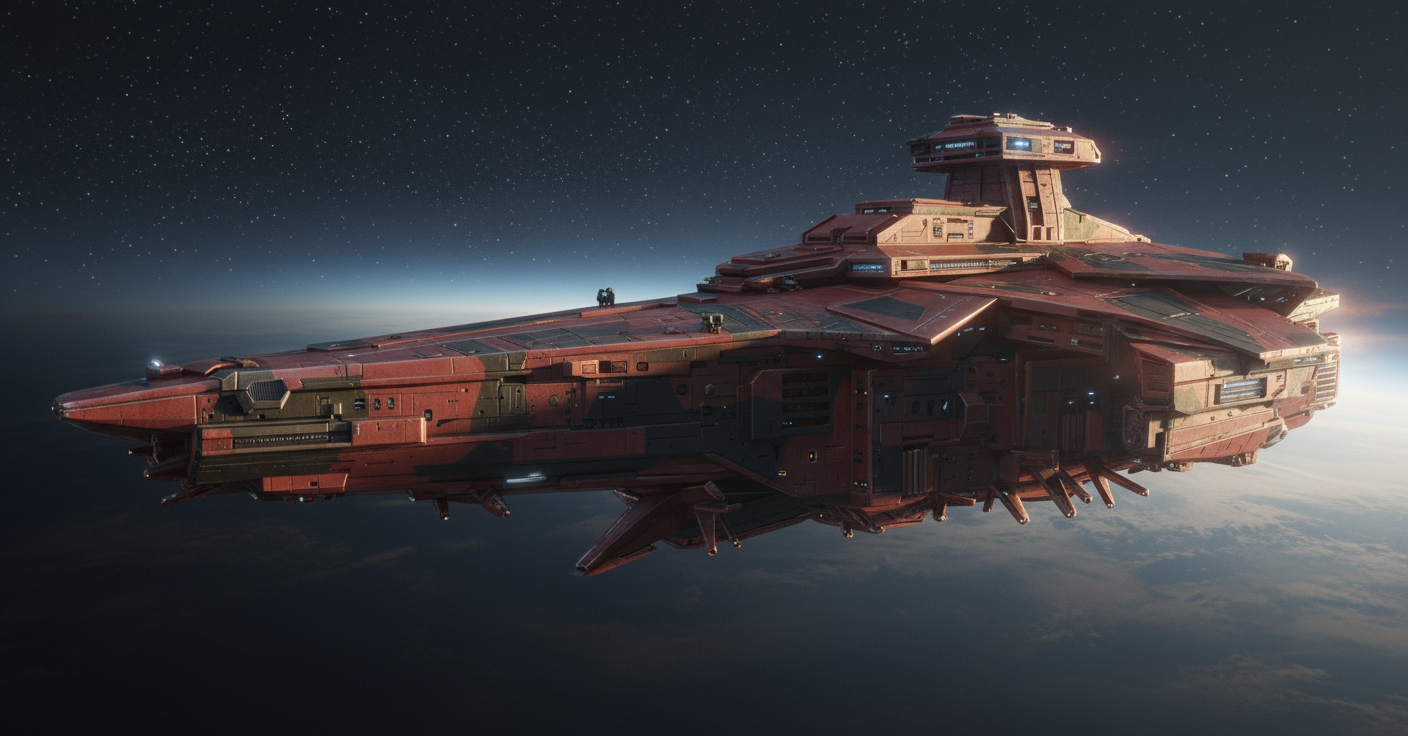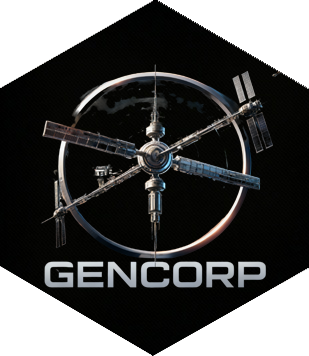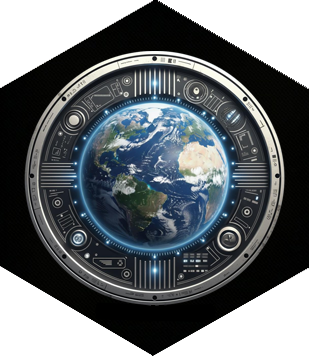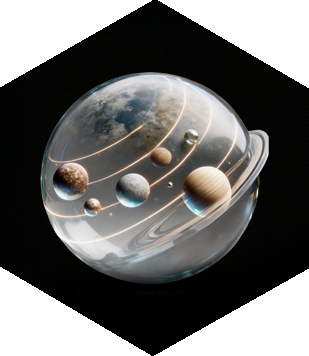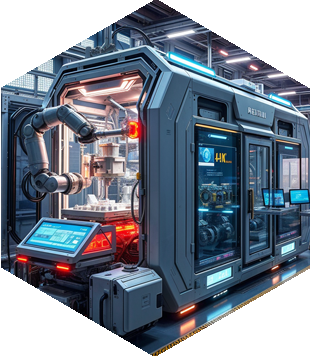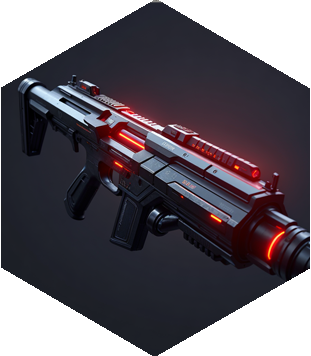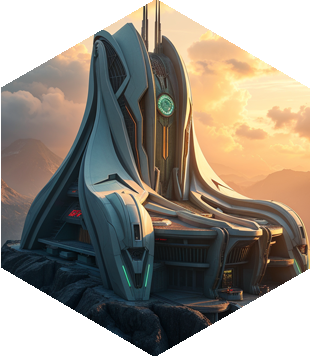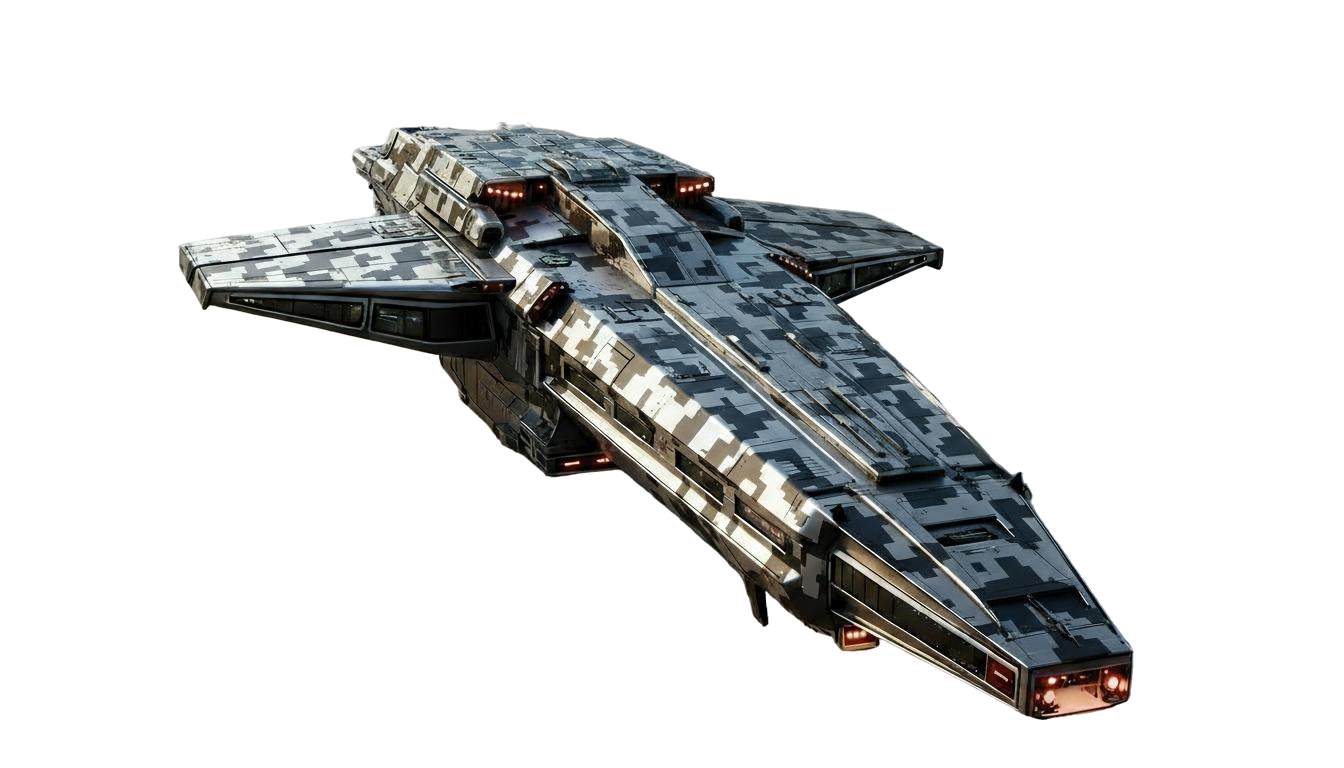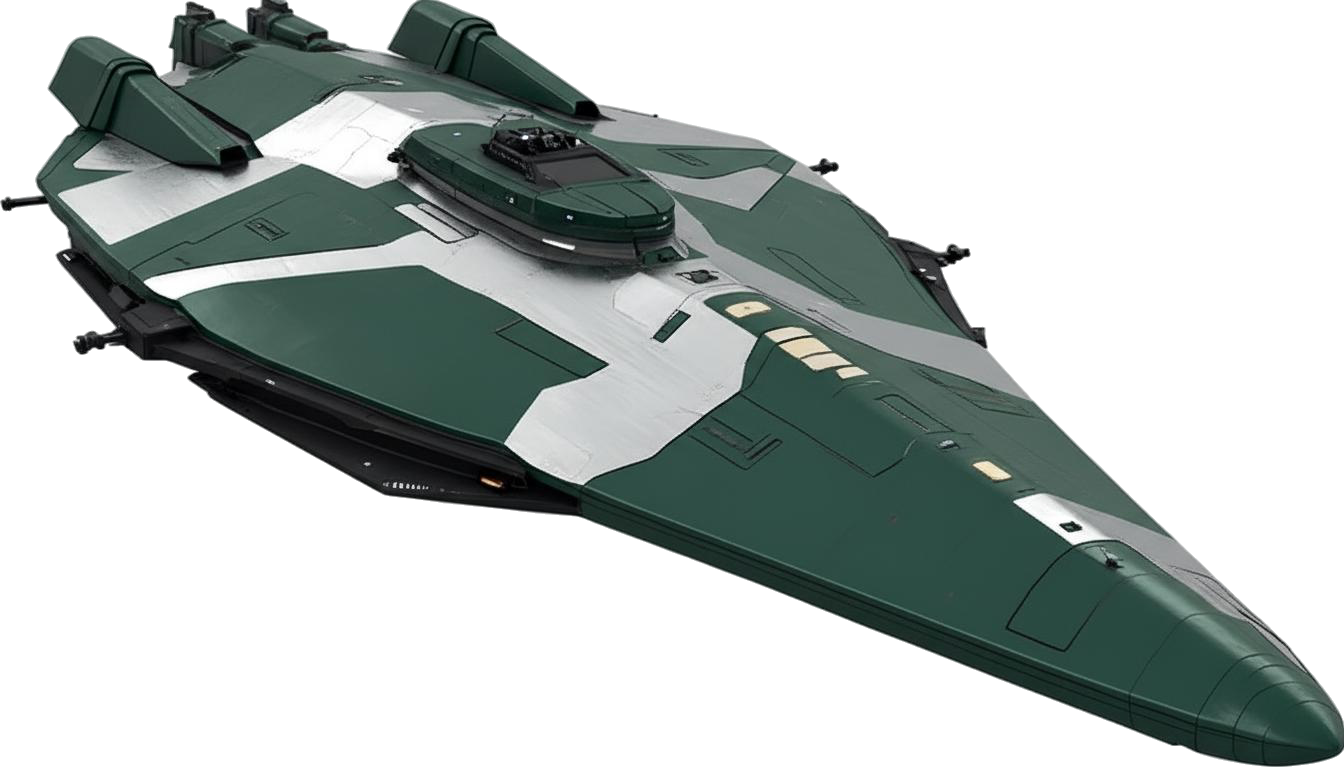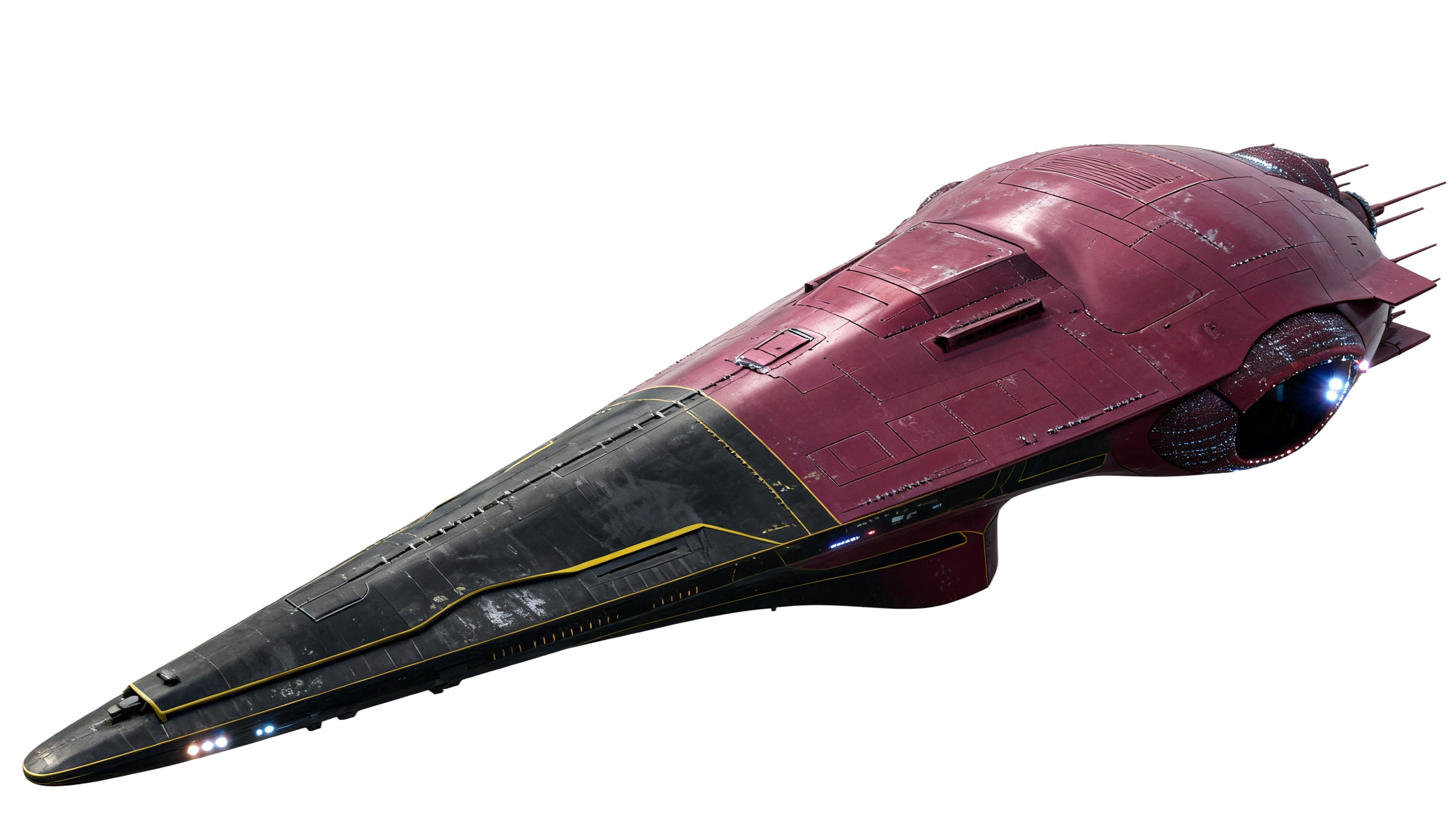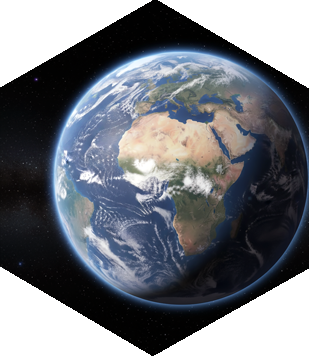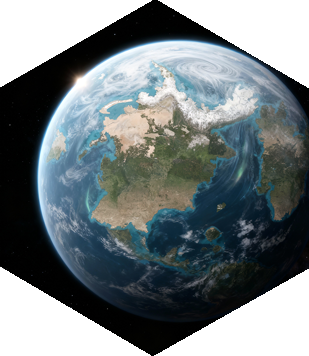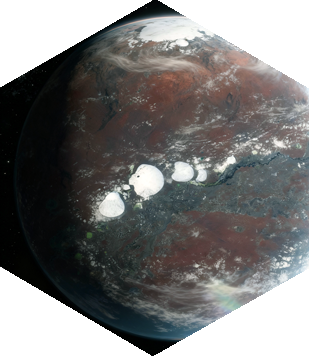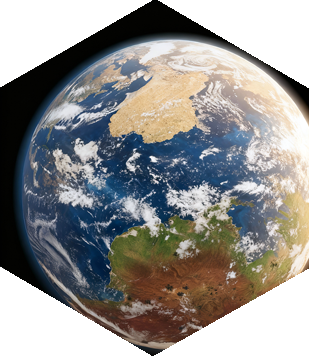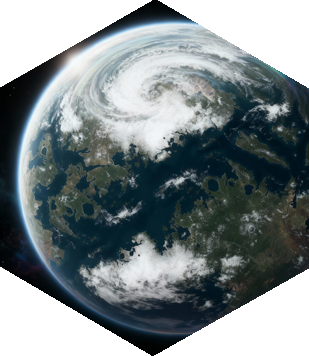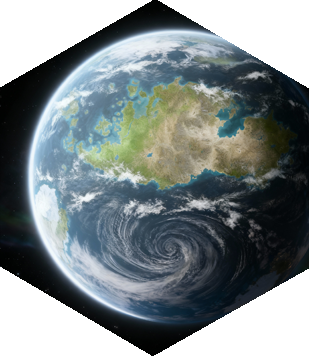Mordent
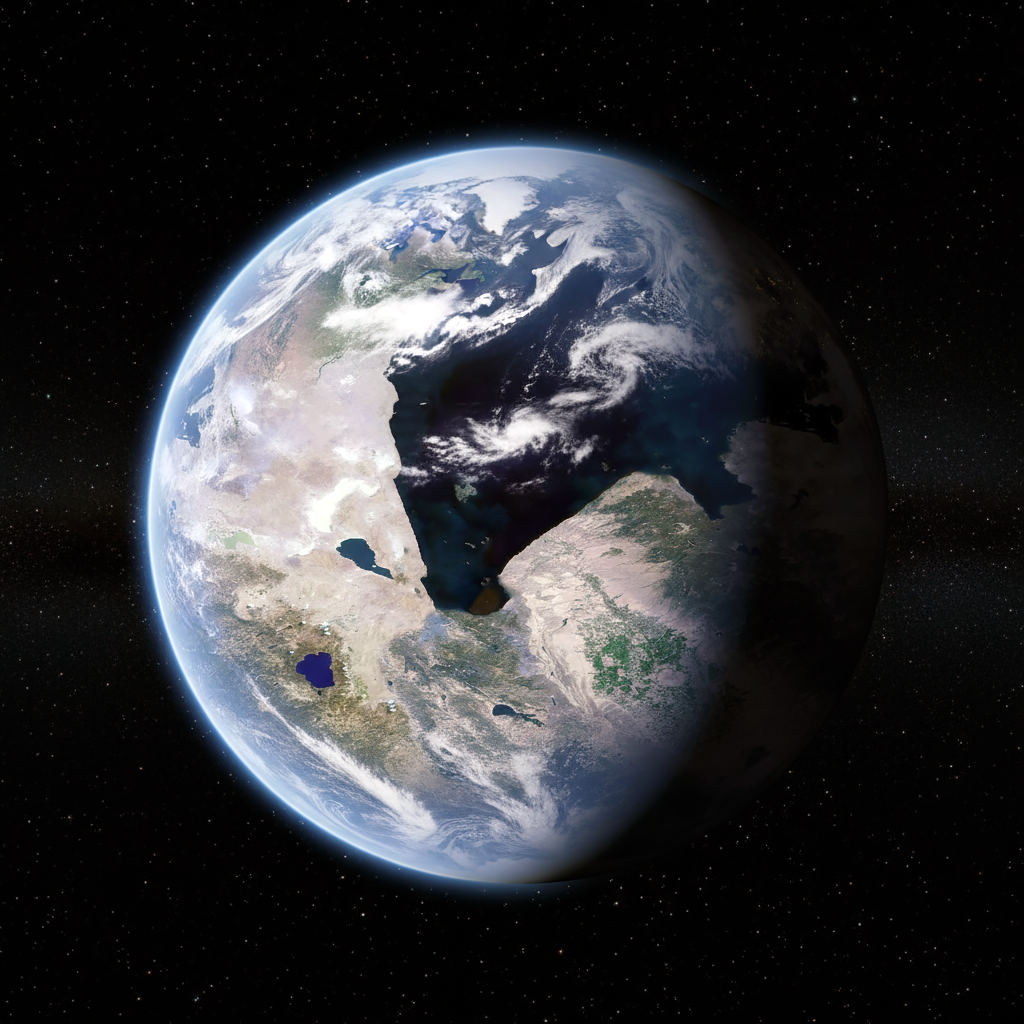
Introduction
Mordent is a rugged and challenging world located deep within Omnium space. Known for its harsh environmental conditions and formidable gravity, Mordent stands as a testament to the resilience and adaptability of the Omnium settlers who call it home. Despite its inhospitable nature, the planet serves as a critical industrial and strategic hub within the Omnium, hosting specialized operations and research facilities that thrive under its unique physical conditions.
Geography and Environment
Mordent’s surface is defined by extremes. With a radius of 7,481 kilometers and a gravity of 1.29G, it exerts immense physical strain on all forms of life and infrastructure. Its orbit period of 7.49 years creates prolonged seasons — long, turbulent cycles of storms, dust fronts, and deep freezes. The planet is tidally locked, with one hemisphere trapped in perpetual daylight and the other in endless night. The day side is dominated by hurricane-force winds, radiation exposure, and vast dust plains, while the night side lies beneath glaciers and frozen seas, illuminated by geothermal vents and rare tectonic light plumes.
The mean surface temperature of 259K (-14°C) and an atmospheric pressure of 7.93 atm combine to form a crushing, high-density environment. Human survival requires pressurized suits, reinforced structures, and constant atmospheric regulation. Roughly 31.17% of Mordent’s surface is covered by water and ice, concentrated on the night side and in subterranean reserves. These frozen resources provide both the colony’s lifeline and its industrial backbone, feeding water extraction, metal refining, and chemical synthesis facilities across the twilight zone.
Population and Society
Mordent’s total population numbers only 21,600, spread across several fortified settlements within the twilight band — the narrow strip separating day from night. These communities are heavily shielded from surface conditions and interconnected by underground maglev tunnels that serve as conduits for power, water, and transport. Daily life is governed by discipline and endurance: inhabitants endure intense gravity, oppressive air pressure, and isolation with stoic precision.
Despite the harshness, Mordent’s citizens maintain a strong sense of communal identity and pride. Every settlement is built for functionality — reinforced dome-cities half-buried in ice, connected by pressurized corridors and hydrothermal channels that recycle heat and water. Psychological conditioning and recreation are an integral part of survival, with communal halls, training centers, and restorative chambers designed to maintain morale under strain.
Economic and Strategic Importance
Mordent’s economy is built around heavy metal extraction, gravitational research, and military operations. The world’s high gravity makes it an ideal location for pressure-based mining and materials testing. Dense metal alloys refined here form the core components of Omnium starship hulls and orbital defense structures. The planet also hosts advanced research laboratories focused on material science and gravitational physics, where experiments rely on Mordent’s extreme pressure and temperature gradients to simulate high-stress environments.
Strategically, Mordent occupies a vital position within Omnium’s defense network. The planet’s dense atmosphere and electromagnetic interference provide natural protection against surveillance and orbital assault. Deep-space monitoring stations, weapons testing ranges, and military training installations are all embedded across the twilight zone. The Omnium’s elite survival divisions conduct continuous operations here, preparing personnel for service in high-gravity and radiation-intensive environments throughout Omnium-controlled space.
Challenges and Adaptations
Living on Mordent presents relentless challenges. The high gravity demands rigorous physical conditioning and specialized technology to prevent long-term damage to the body. Every movement, from walking to lifting tools, consumes more energy than on standard worlds. Atmospheric density, while protective against radiation, necessitates constant oxygen regulation and mechanical ventilation. Extreme temperature gradients between hemispheres drive continual maintenance cycles on habitat shields and life-support grids.
Yet the settlers endure. Climate-regulated domes, geothermal reactors, and nuclear fusion systems provide stability and power. Exosuits and servo-assisted equipment enable efficient work under gravity nearly one-third stronger than Earth’s. Mental health and cohesion are safeguarded through communal architecture and cultural rituals that emphasize unity, purpose, and perseverance under adversity — key tenets of the Aniran worldview.
Future Prospects
Despite its punishing conditions, Mordent is poised for continued growth. Its unique materials and gravitational laboratories have become critical to the Omnium’s technological frontier, while expanded mining initiatives promise to feed new generations of starship production and colony infrastructure. Plans for additional military and research installations are already underway, ensuring Mordent’s enduring role as a cornerstone of Omnium science and defense strategy.
Conclusion
Mordent is a world where strength is measured not in comfort, but in endurance. Beneath crushing air and eternal storm, its people and purpose persist. As a critical node within the Omnium’s industrial and military network, Mordent symbolizes the Aniran principle of balance through challenge — a world that tempers civilization like steel under pressure, proving once again that the Omnium thrives wherever others would falter.
